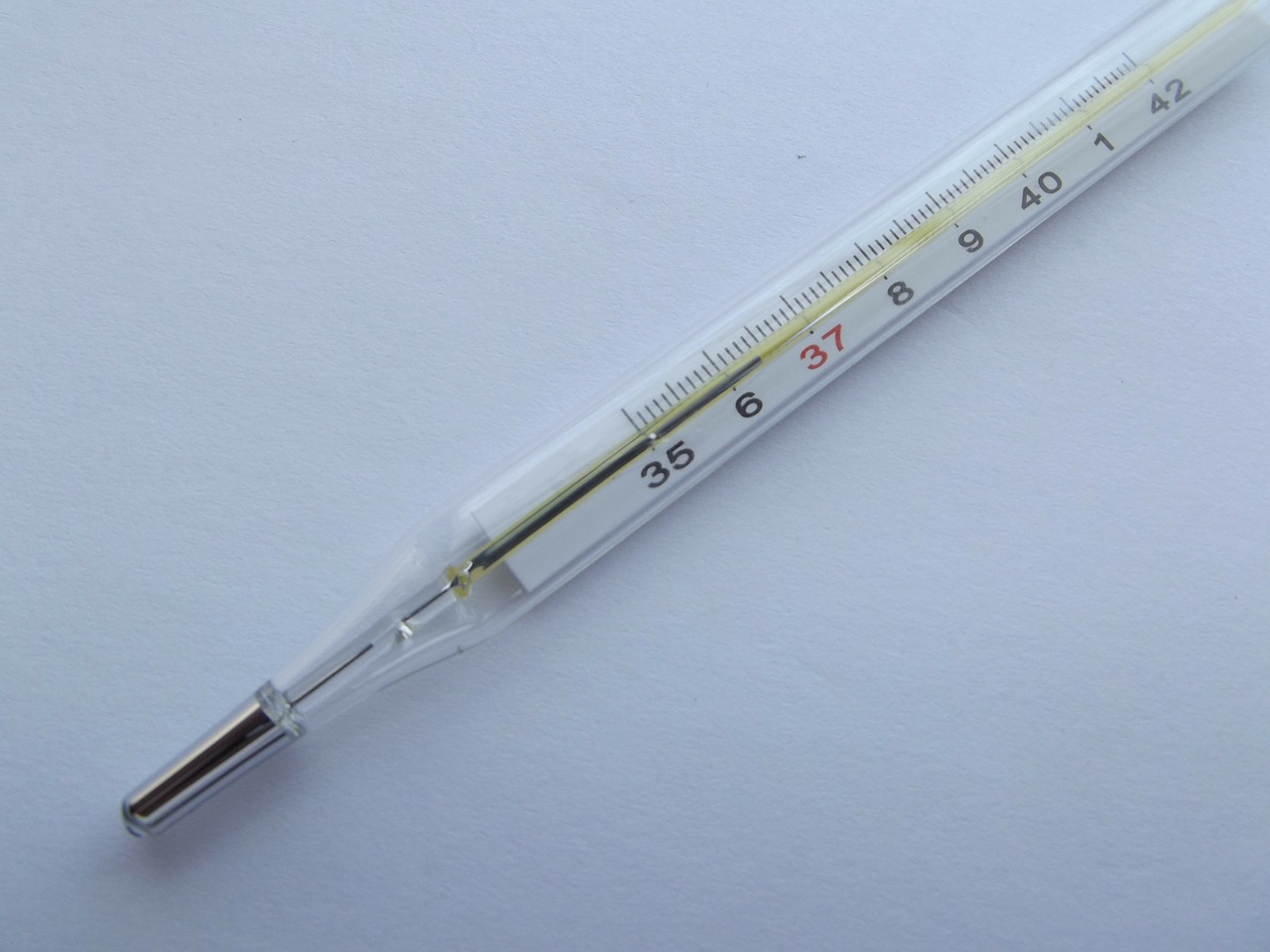
Hospice Care in Sunnyvale: Know the Urgency of Sepsis
Sepsis is a killer. It can be caused by a bacterial, viral or fungal infection, such as pneumonia, abdominal infection, kidney infection, or bloodstream infection. It typically presents as a three-stage syndrome. It starts off with sepsis, progresses through severe sepsis and finally to septic shock, with the best prognosis coming in the first stage. The incidence of sepsis is increasing in this country due to a larger aging population (those over 65 are the greatest risk factor group), drug-resistant bacteria and weakened immune systems, says the Mayo Clinic. Often times, the underlying triggers of sepsis, such as heart failure or multi-organ failure, can prompt a patient’s entry into hospice care.
In honor of Sepsis Awareness Month in September, we will take a look at the life-threatening urgency of sepsis and how hospice can help. According to the Sepsis Alliance, an organization that aims to raise awareness of this condition and save lives, every two minutes, someone dies from sepsis in the U.S. — more than from prostate cancer, breast cancer and AIDS combined.
What is Sepsis?
Basically, this is a life-threatening illness brought on by the body’s response to an infection. In most cases, your immune system is there to save you from illness and infection, but sometimes it overcompensates when responding to an infection and goes into overdrive. Sepsis occurs when the chemicals the immune system releases into the bloodstream to stave off an infection cause inflammation throughout the body instead, points out Healthline. At its most severe, this can lead to septic shock, which can be deadly if not treated closely. The CDC says there are more than one million cases of sepsis every year, killing about 258,000 Americans annually. With a 50 percent mortality rate, septic shock is nothing to be taken lightly.Sepsis is often the result of recovery from a procedure. The earlier the patient receives treatment, the better. Sepsis is treatable with early recognition and proper care. Know the signs and symptoms of sepsis to help your loved one.
Sepsis is often the result of recovery from a procedure. The earlier the patient receives treatment, the better. Sepsis is treatable with early recognition and proper care. Know the signs and symptoms of sepsis to help your loved one.
Who is at Risk?
Adults over the age of 65, small children, and those with weakened immune systems pose the highest risk. Seniors make up the biggest group, at 70 percent of sepsis cases. Those who are already very sick and are in the ICU or who have invasive devices such as breathing tubes, feeding tubes or catheters are also at higher risk. This is very often the case with those in hospice, who indeed commonly have intravenous catheters, feeding tubes and breathing tubes to assist with their underlying conditions.
Sepsis can result from any number of conditions, such as diabetes, kidney disease, high blood pressure and HIV. Any time an infection occurs as a result of those illnesses, or any other infection like a urinary tract infection (UTI), sepsis can set in. That’s why close monitoring is a must.Those who are in situations where the risk of developing an infection is increased, such as in a hospital, are exposed to the risk of infection. Basically, the more someone encounters the health care system, the more prone they are to infection. Even seniors who survive the initial sepsis may experience long-lasting effects, such as declines in physical or mental ability.
Those who are in situations where the risk of developing an infection is increased, such as in a hospital, are exposed to the risk of infection. Basically, the more someone encounters the health care system, the more prone they are to infection. Even seniors who survive the initial sepsis may experience long-lasting effects, such as declines in physical or mental ability.
How Hospice in Sunnyvale Helps
Hospice care in Sunnyvale knows the urgency posed by sepsis and can take the necessary steps to prevent it. Hospice care professionals are constantly on the lookout for symptoms of sepsis, which include:
- Fever higher than 101ºF or temperature below 96.8ºF
- Heart rate of more than 90 beats/minute
- Breathing rate higher than 20 breaths/minute
- Presence of infection
Symptoms of severe sepsis include:
- Discolored skin patches
- Decreased urination
- Cognition changes
- Low platelet count
- Difficulty breathing
- Chills
- Abnormal heart function
- Unconsciousness
- Extreme fatigue and weakness
Hospice care professionals also watch for the first signs of infection that can lead to sepsis, which is commonly confusion and disorientation in seniors. Pressure sores or skin tearing are also signs of infection. Constantly in contact with the hospice team doctor, nurses can report any suspicions, behavior changes or physical changes (such as fever or increased heart rate) so that treatment can be administered. The primary reason for treatment is to keep the patient as comfortable as possible. Remember, the purpose of hospice is not to cure, but to manage symptoms so as to alleviate pain and discomfort. Hospice care is bound to supply medications to relieve the symptoms related to the patient’s terminal illness.
Contact Pathways Home Health and Hospice Today
To learn more about how we treat patients in hospice with sepsis, contact us today at 888-755-7855. Our hospice team is here to ease your mind as the caregiver and keep your loved one comfortable. We are known for providing personalized, high quality care, delivered with empathy, kindness and respect. With three offices in Sunnyvale, South San Francisco and Oakland, we are a convenient choice for your family.

